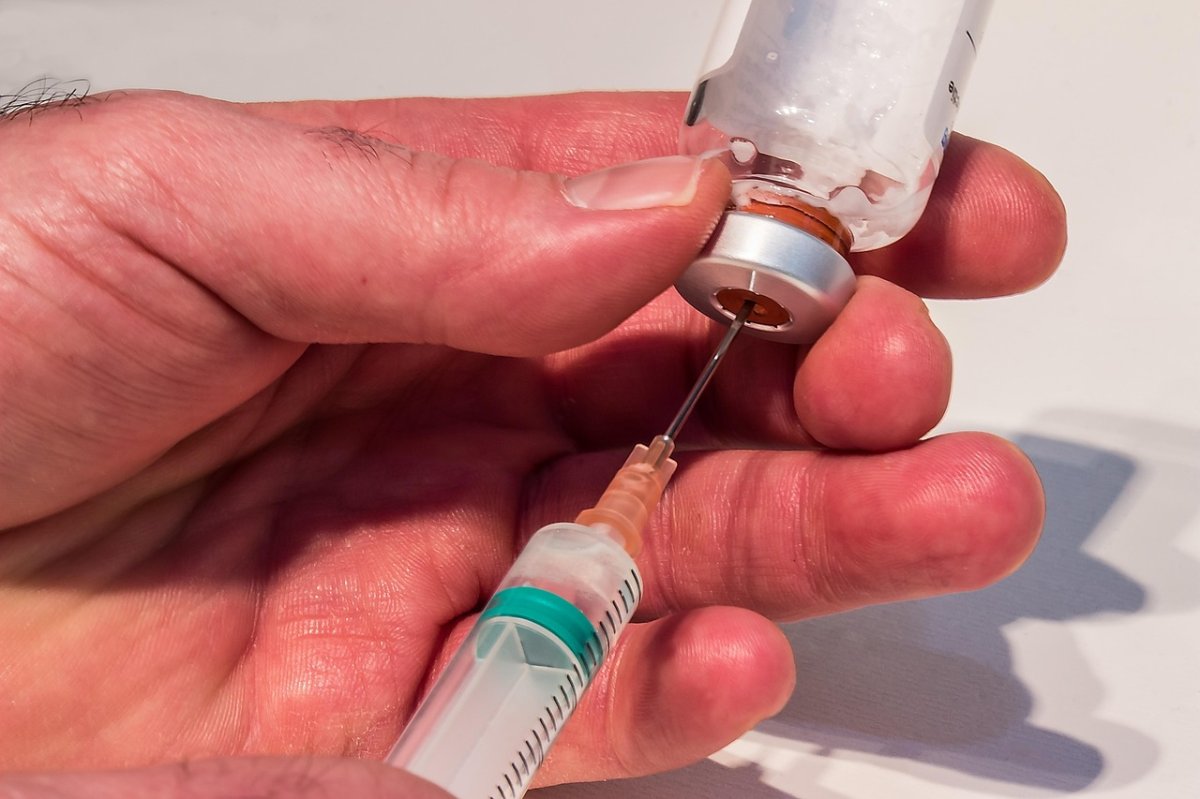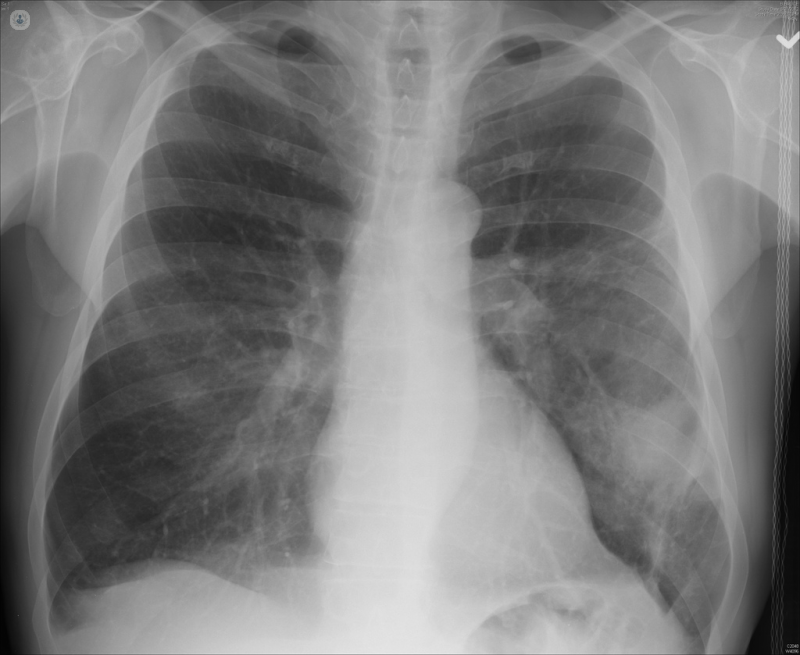Technology
Streptococcus pneumoniae
Streptococcus pneumoniae is a Gram-positive bacterium responsible for a wide range of serious infections, including pneumonia, meningitis, sepsis, and otitis media. It is a leading cause of illness and death in children and older adults worldwide, being the 4th deadliest pathogen linked to antimicrobial resistance and the leading infectious cause of death in children under five. The World Health Organization (WHO) classifies S. pneumoniae as a priority pathogen due to its significant public health impact and increasing resistance to antibiotics.
The Unmet Medical Need
Despite antibiotic use, Streptococcus pneumoniae is responsible for approximately 800,000 deaths annually. Severe cases of meningitis and pneumonia remain difficult to manage and are linked to high mortality, long-term complications, and escalating treatment costs. Resistant strains reduce antibiotic effectiveness, and bacterial lysis during treatment can worsen inflammation and patient outcome. New therapies are urgently needed, especially for antibiotic-resistant infections where current treatment options fail.


The Therapeutic Intervention Point
Our approach targets Streptococcus pneumoniae through peptides specifically taken up by the Ami permease, a highly conserved substrate-binding component found across all pneumococcal serotypes and non-encapsulated strains, that mediates uptake of environmental peptides, influencing pneumococcal behavior. Through targeted screening, we identified novel, non-cationic peptides from co-colonizing species like Klebsiella pneumoniae—which enter via Ami and exert bacteriostatic effects. These peptides modulate key genes linked to pneumococcal metabolism, growth, and colonization.
We are specifically focusing on the development of a first-in-class lead peptide called V11A.
Key results obtained with V11A include:
We are specifically focusing on the development of a first-in-class lead peptide called V11A.
Key results obtained with V11A include:
- It exerts bacteriostatic effects against almost all strains tested including antibiotic-resistant strains
- It is non-lytic, avoiding release of pro-inflammatory factors
- It synergizes with antibiotics, restoring susceptibility in resistant strains
- It is specific to S. pneumoniae. It has no effects against other bacteria avoiding dysbiosis
- It has shown promising early efficacy results obtained ex vivo and in vivo. It also reduces inflammation
- It has a favorable safety profile.
The Targeted Indications
Pneumococcal Meningitis
Pneumococcal meningitis is our lead indication. Despite antibiotic treatment, mortality remains as high as 50%, and survivors often suffer long-term complications such as brain damage, driven by inflammation caused by bacterial lysis. These outcomes contribute to significant healthcare burdens. While vaccination has reduced incidence, its impact is limited by the emergence of non-vaccine serotypes. Our aim is to develop a non-antibiotic therapy to be used alongside antibiotics—enhancing treatment efficacy, restoring antibiotic sensitivity, and reducing long-term disease complications.


Severe Pneumonia
Severe pneumonia resulting from Streptococcus pneumoniae infection is our second indication. Similar to meningitis, it is currently treated with antibiotics, but mortality can reach 50% especially in elderly patients. We position our peptide-based therapy as a novel, non-antibiotic modality to be administered together with standard antibiotics to enhance efficacy and address the challenges of resistant infections.
Additional Development Opportunities
Our therapeutic peptides can also be used for the development of topical treatments for other pneumococcal diseases e.g. acute otitis media, rhinosinusitis or corneal infections.
Our Key Advantages
Novel therapeutic intervention point
First-in-class therapeutic peptides
Specificity against Streptococcus pneumoniae
Reduction of pathogen burden and inflammatory responses
Potentiation of antibiotics and action in resistant strains
Publications
Key relevant publications and their conclusions are presented below. To obtain full-length pdfs of the publications, please click on the links below.
Reference
Key Conclusions
Original discovery of pneumococci responding to peptides from foreign species. This work introduced a completely new concept of pneumococcal interspecies communication that affects interactions with other bacterial species and is relevant for future interventional therapeutics.
Original discovery of pneumococci responding to peptides from foreign species. This work introduced a completely new concept of pneumococcal interspecies communication that affects interactions with other bacterial species and is relevant for future interventional therapeutics.
Nasher F et al, Front Microbiol. 2018 Jan 15:8:2688. doi: 10.3389/fmicb.2017.02688.
Discovery of peptides binding AmiA, AliA, and AliB proteins of an ATP-binding cassette transporter of pneumococcus to detect short peptides found in other bacterial species. Such peptides enable interspecies communication and environmental surveillance.
Nasher F et al, Front Microbiol. 2018 Jan 15:8:2688. doi: 10.3389/fmicb.2017.02688.
Discovery of peptides binding AmiA, AliA, and AliB proteins of an ATP-binding cassette transporter of pneumococcus to detect short peptides found in other bacterial species. Such peptides enable interspecies communication and environmental surveillance.
Lux J et al, Sci Rep. 2022 Dec 23;12(1):22268. doi: 10.1038/s41598-022-26838-z.
Publication showing that AmiA and AliA binding peptides from Klebsiella pneumoniae inhibit growth of clinical pneumococcal isolates. This suggested potential use of such peptides as future therapeutic agents against pneumococcal diseases.
Lux J et al, Commun Biol. 2024 Apr 8;7(1):425. doi: 10.1038/s42003-024-06113-9.
Pivotal publication describing the discovery and validation of V11A, a peptide imported by the AmiA-AliA/AliB permease. V11A has therapeutic potential for the treatment of pneumococcal diseases as it suppresses growth of multiple clinical isolates, including antibiotic resistant strains, while avoiding bacterial lysis and dysbiosis.
Lux J et al, Sci Rep. 2024 May 30;14(1):12416. doi: 10.1038/s41598-024-63217-2.
Publication describing the mechanism of action of V11A by identifying gene expression changes in multiple pathways. The observed changes are consistent with the growth suppression potential of V11A.
